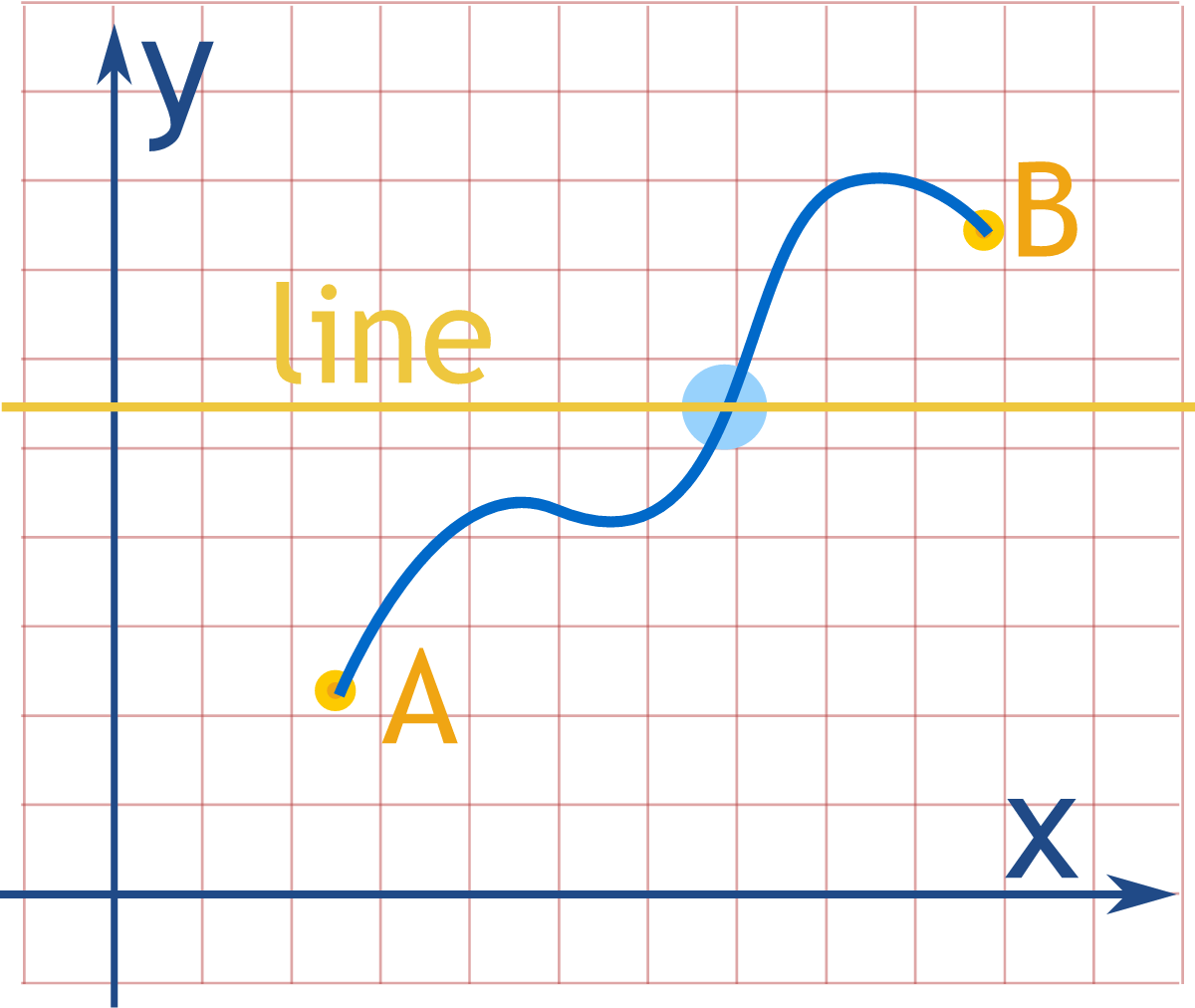You are using an out of date browser. It may not display this or other websites correctly.
You should upgrade or use an alternative browser.
You should upgrade or use an alternative browser.
How can I find the interval where the zero exists?
- Thread starter lmxz9
- Start date
lev888
Elite Member
- Joined
- Jan 16, 2018
- Messages
- 2,993
Why do you think it's weird? It could be 0.376. Is it a weird number?View attachment 24681
If I got it right then the zero exists between x=0 and x=1. So for y=0 its x must be a very weird number. I really have no idea how to calculate it. Please, help!
What method did you use for similar problems in class? Any examples in your book?
Dr.Peterson
Elite Member
- Joined
- Nov 12, 2017
- Messages
- 16,873
You don't need to actually calculate this value of x; you just need to decide which interval contains it. In fact, this is something you could use to find an approximate solution to an equation when it is impossible to find an exact value.View attachment 24681
If I got it right then the zero exists between x=0 and x=1. So for y=0 its x must be a very weird number. I really have no idea how to calculate it. Please, help!
The trick you have presumably been taught is the Intermediate Value Theorem:

Intermediate Value Theorem
The idea behind the Intermediate Value Theorem is this: When we have two points connected by a continuous curve:
www.mathsisfun.com
Read that; it has a very nice explanation of the idea and how to use it.
Just the standard methods: factorise or find and divide the factors of the constant over the factors of the leading coefficient. This kind of exercise is not in the book we use (Precalculus by Stewart) but was part of last year's final exam T^TWhy do you think it's weird? It could be 0.376. Is it a weird number?
What method did you use for similar problems in class? Any examples in your book?
Oh! So, is it because x^3+2x-1 changes signs once?You're looking for an x-axis crossing, i.e.
f(lo) has a different sign than f(hi)
You're just going to have to plug these all in and check the signs.
View attachment 24682
from that which interval appears to have a sign change within it?
Aaaaa!!! The IVT! First time I hear about it to be honest. So in this case my "c" was 0. I had to try the answers one by one. Like in b) f(0.4)=-0.136 and f(0.5)=0.125, the number 0 (c) is between them, so the zero is indeed between 0.4 and 0.5! The other options didn't satisfy this. Thank you so much!!! I now understand everything!You don't need to actually calculate this value of x; you just need to decide which interval contains it. In fact, this is something you could use to find an approximate solution to an equation when it is impossible to find an exact value.
The trick you have presumably been taught is the Intermediate Value Theorem:

Intermediate Value Theorem
The idea behind the Intermediate Value Theorem is this: When we have two points connected by a continuous curve:www.mathsisfun.com
Read that; it has a very nice explanation of the idea and how to use it.
///
I really appreciate your comments, everyone! Thank you so much, you all took the time to try to help me! I'm so grateful! Wish you a beautiful beautiful day! <(^.^)>
///
HallsofIvy
Elite Member
- Joined
- Jan 27, 2012
- Messages
- 7,760
There is a general formula for solving cubic equations
1060text-tcf.pdf (utah.edu)
but it is very complicated and, as others pointed out, this question does not ask you to do solve the equation.
1060text-tcf.pdf (utah.edu)
but it is very complicated and, as others pointed out, this question does not ask you to do solve the equation.
Dr.Peterson
Elite Member
- Joined
- Nov 12, 2017
- Messages
- 16,873
Excellent. And the zero turns out to be approximately 0.453, according to a graph.Aaaaa!!! The IVT! First time I hear about it to be honest. So in this case my "c" was 0. I had to try the answers one by one. Like in b) f(0.4)=-0.136 and f(0.5)=0.125, the number 0 (c) is between them, so the zero is indeed between 0.4 and 0.5! The other options didn't satisfy this. Thank you so much!!! I now understand everything!P.S: That page was so helpful! ^^
But it's odd that you would be assigned this problem without having been taught anything about the IVT, or that your book wouldn't even mention it.

